"While technological progress throughout economic history has largely been confined to the mechanisation of manual tasks, requiring physical labour, technological progress in the twenty-first century can be expected to contribute to a wide range of cognitive tasks, which, until now, have largely remained a human domain," write Frey and Osborne. As their paper lays out, jobs associated with hard, physical labor have been mechanized for centuries, with several notable shifts during the Industrial Revolution. Advances in the power of computer processing will allow for new fields to be automated.
"Jobs not at risk of computerization are those which involve tasks at which machines are relatively poor: tasks involving operating in cluttered environments, creative tasks and tasks requiring social intelligences," says Osborne, associate professor of engineering science at the University of Oxford.
So, what does this mean for construction work, with its busy jobsites and constant threats of change orders and project delays?
"Construction jobsites seem like very difficult environments for autonomous robots: the difficult and variable terrain, changeable lighting conditions, extensive shade and exposure to the elements all mean that I expect robots to play only a relatively minor role in on-site construction," Osborne told ENR.
Robots perform better in controlled environments, and Osborne says that the growing use of off-site prefabrication would be a better fit for robots in construction. "In highly structured factories and with improved standardization, robots are well suited to assembly tasks that might otherwise have been performed by humans."
While, for now, there may be a call for actual human beings on the jobsite, what about operating engineers and construction-equipment operators whose occupations the study ranked as jobs that are highly likely to one day be replaced by robots and computers?
"'Operating engineers and other construction-equipment operators' have notably lower originality, social perceptiveness, negotiation and persuasion scores—the variables our algorithm found to be most predictive of automatability," says Osborne. "I suspect this is at the root of its judgements. I expect that equipment operators will see their roles gradually replaced by autonomous systems of increasing sophistication. Of course, human oversight at some level is likely to be necessary for the foreseeable future."
See ENR's March 10, 2014 cover story: Robots on the Jobsite Advancing in Construction
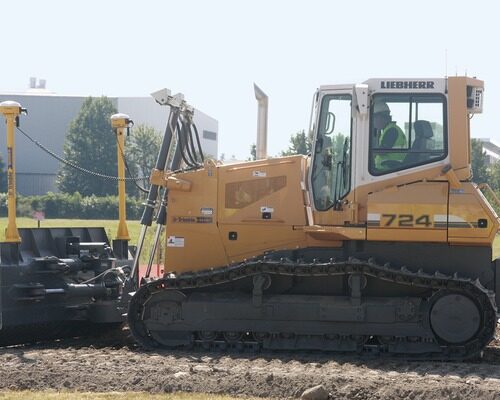
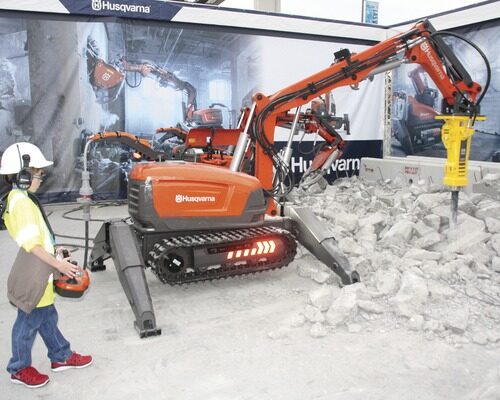
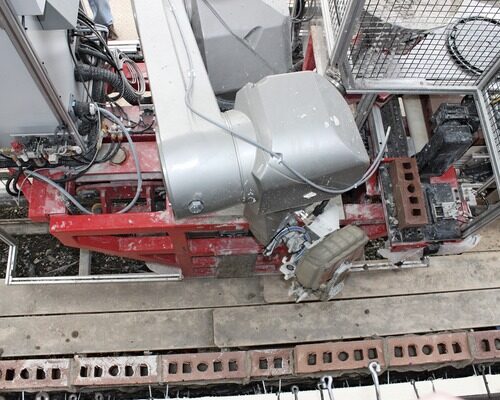
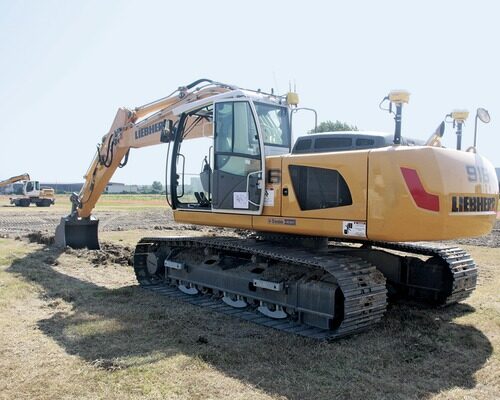
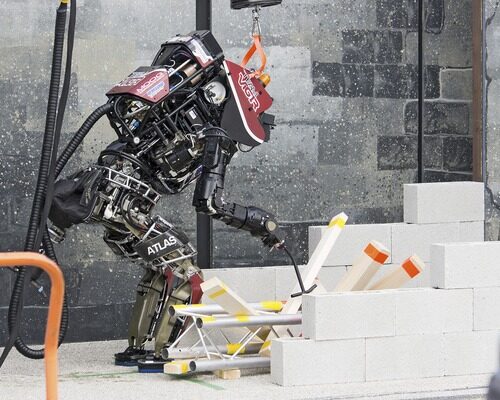
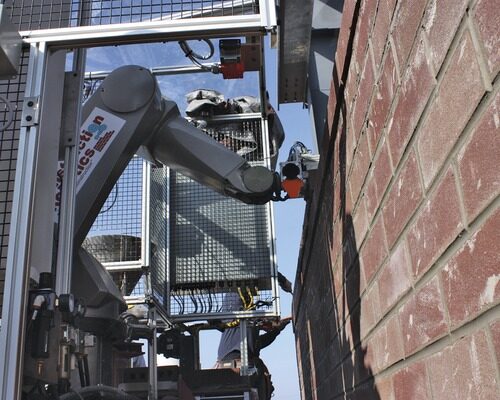
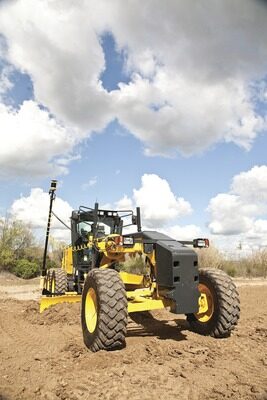









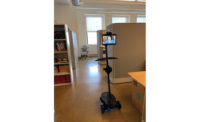
Post a comment to this article
Report Abusive Comment